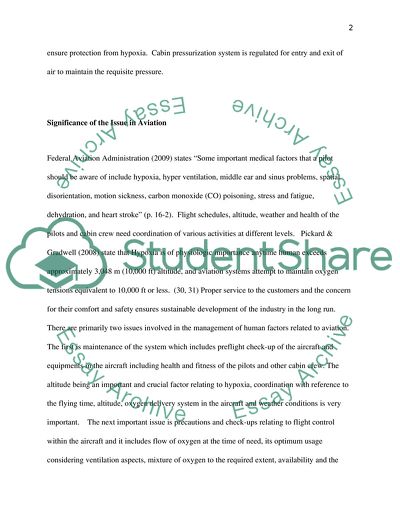Cite this document
(Human Factors Affecting Hypoxia in Aviation Research Paper, n.d.)
Human Factors Affecting Hypoxia in Aviation Research Paper. Retrieved from https://studentshare.org/health-sciences-medicine/1788442-literature-review-human-factors-surrounding-hypoxia-in-aviation
Human Factors Affecting Hypoxia in Aviation Research Paper. Retrieved from https://studentshare.org/health-sciences-medicine/1788442-literature-review-human-factors-surrounding-hypoxia-in-aviation
(Human Factors Affecting Hypoxia in Aviation Research Paper)
Human Factors Affecting Hypoxia in Aviation Research Paper. https://studentshare.org/health-sciences-medicine/1788442-literature-review-human-factors-surrounding-hypoxia-in-aviation.
Human Factors Affecting Hypoxia in Aviation Research Paper. https://studentshare.org/health-sciences-medicine/1788442-literature-review-human-factors-surrounding-hypoxia-in-aviation.
“Human Factors Affecting Hypoxia in Aviation Research Paper”, n.d. https://studentshare.org/health-sciences-medicine/1788442-literature-review-human-factors-surrounding-hypoxia-in-aviation.


